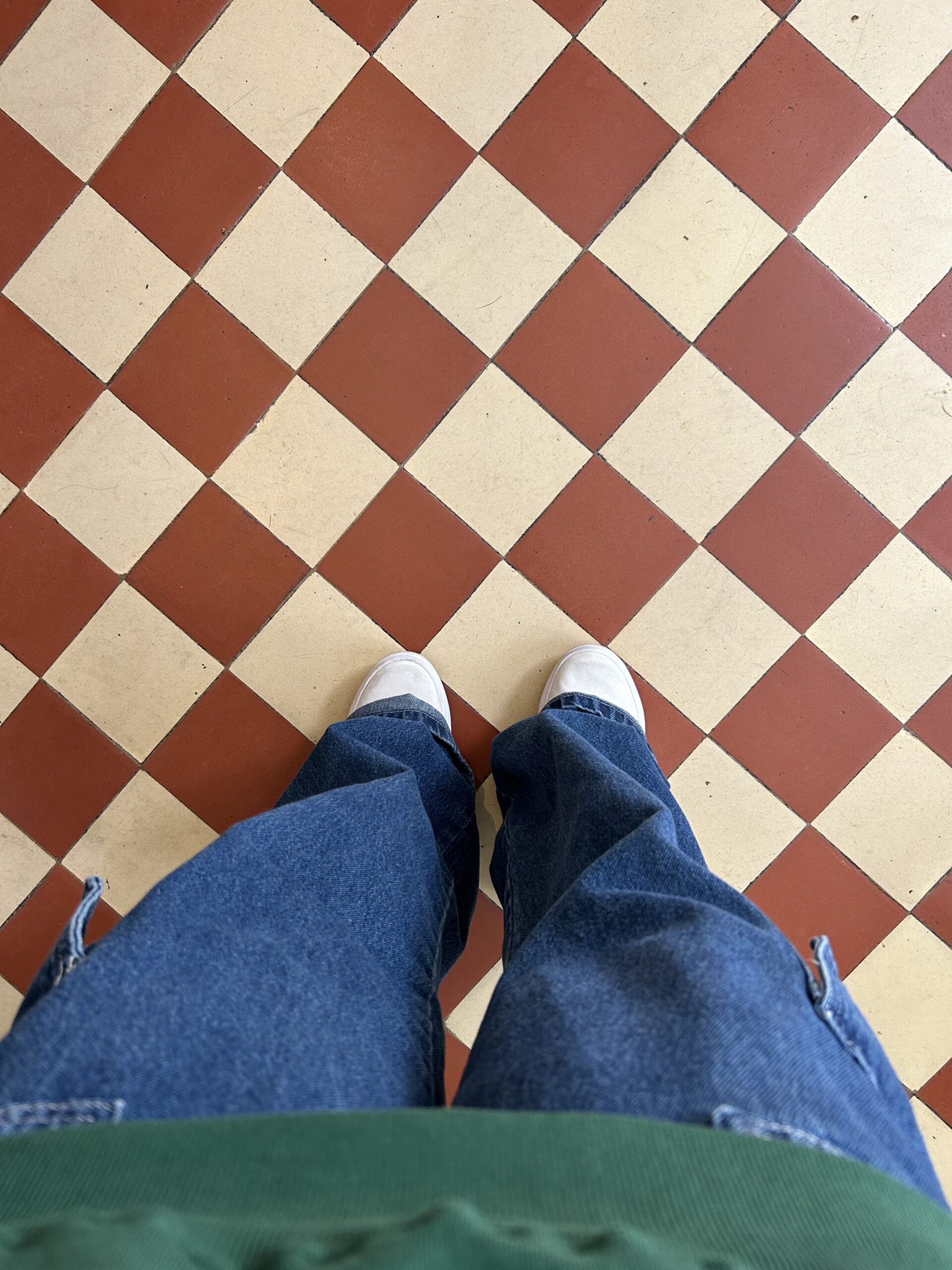Joyce Here!
I’m a Showit web designer who helps service providers ditch the ick and step up with a website that locks in their audience and builds a legacy that lasts.
free notion workbook
Website Game Plan
This Workbook puts everything—branding, copy, and site structure—in one place, so you can plan your website like a pro and launch with clarity and confidence.
get it here
7 Ways to Address Pain Points Without Sounding Like An Asshole
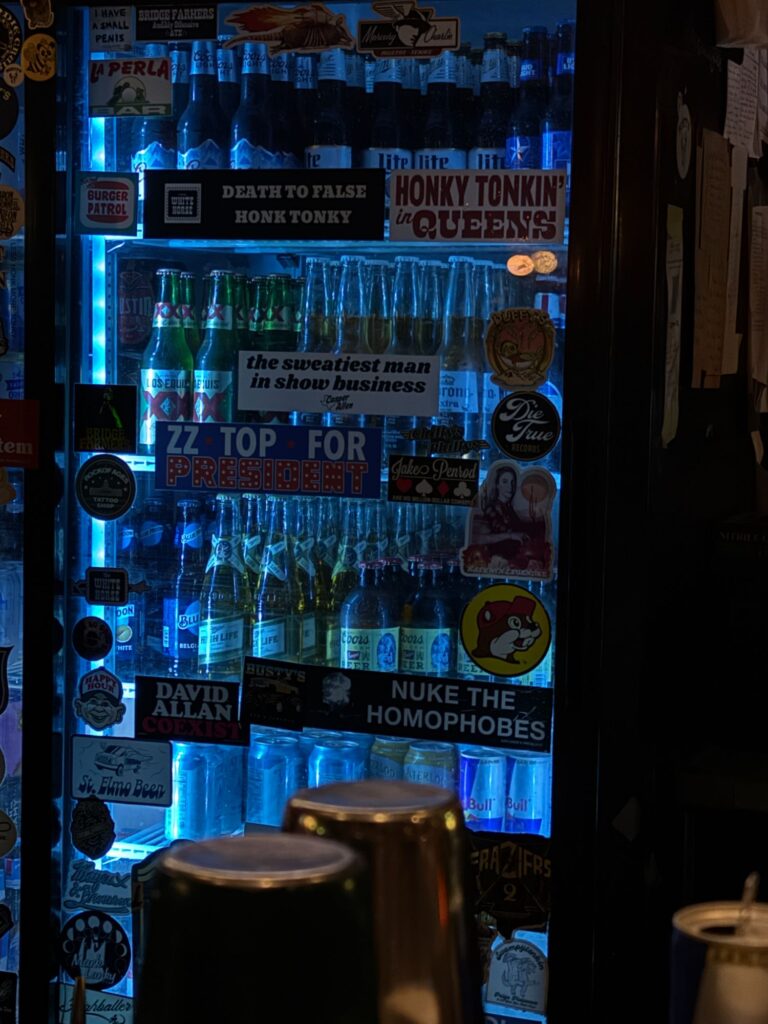
After redefining my messaging with Emelie from Pass the Queso (the messaging KWEEN), I went back through all my copy and realized something: the words didn’t resonate with me and where I’m at now in my business, but I also sound like an asshole.
Oops 😬
I never intended to use girl boss language, and little did I know, it’s exactly what was slapped across ALL my copy – website, emails, social media posts.
Embarrasing!!!!!
But because every course, blog, expert, etc. out there tells you the same thing: talk about pain points, client struggles, their biggest fears, their deepest desires in order to market effectively and sell your thing.
What they don’t tell you is that you can still do all that without sounding like a total asshole.
Copy that made it sound like people weren’t trying hard enough, when in reality, they were already doing the most.
And that didn’t sit right with me. I’m not here to throw shade. I’m here to show people their power.
If you’re ready to market your offers in a way that feels empowering (and still sells), here are 7 ways to flip the script on pain points.
1. Lead with understanding, not assumptions
Start by acknowledging where they are, not judging them for it.
Instead of: “You’re leaving money on the table by not having a website.”
Try: “Running a business pulls you in a million directions, but getting your site locked in can actually save you time, energy, and missed opportunities.”
When I reworked my DCDC sales page, I didn’t come out swinging. I didn’t assume people were lazy or behind. I acknowledged what’s real—most service providers are already stretched thin, and that’s exactly why their website should be working for them.
That shift alone reframes the website from a luxury into a tool that protects their energy, their time, and their credibility. It invites them in instead of calling them out.
How I applied this to my website:
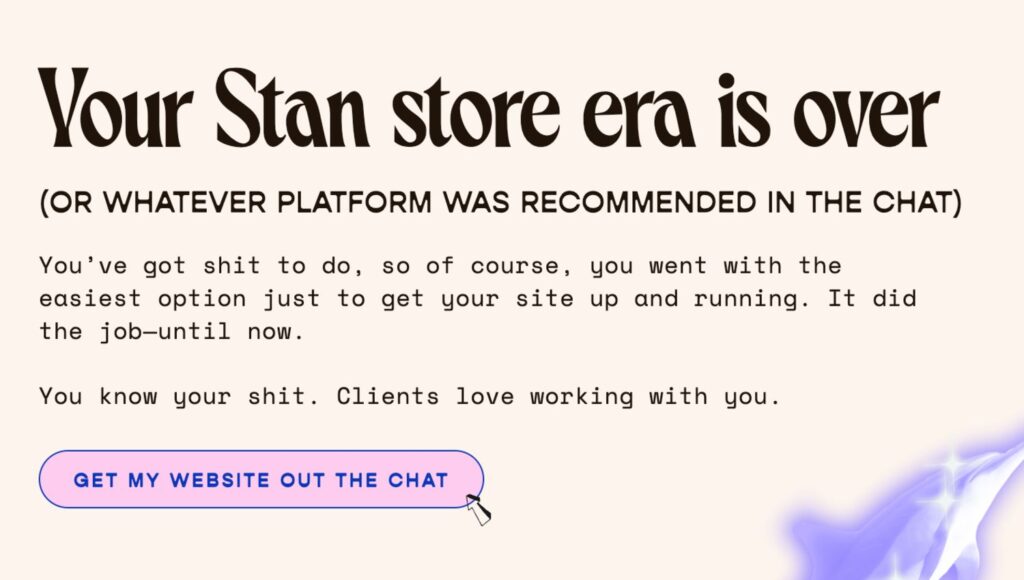
2. Describe the problem without defining the person
The problem is the problem. Your audience is not the problem.
Instead of: “You’re doing too much and saying nothing at all.”
Try: “You might be offering so much value that it’s hard to tell where to start, and that can be overwhelming to your audience.”
One tells them they’re a mess. The other shows them there’s clarity on the other side.
When I rewrote my sales page, I shifted the energy from “you’re confused” to “you’ve already got something solid—we just need to pull out the strongest parts and make them shine.” It validated the effort they were already putting in, instead of making them feel like they had to start over.
This kind of language creates collaboration, not criticism, and that’s what builds trust.
How I applied this to my website:

3. Focus more on the future than the failure
It’s easy to spiral into what’s broken. But it’s sooooo much more impactful to speak to what’s possible and within reach.
Instead of: “Your site is probably costing you clients.”
Try: “Imagine sending your site link and having people excited to work with you before you even hop on a call.”
When I shifted my copy from “what’s not working” to “what’s possible,” everything felt more magnetic. The messages didn’t just sound nicer, they connected. More saves. More follows. More “this is exactly what I needed” comments.
Because when you show people what’s already within their reach, they’re way more excited to actually reach for it.
How I applied this to my website:
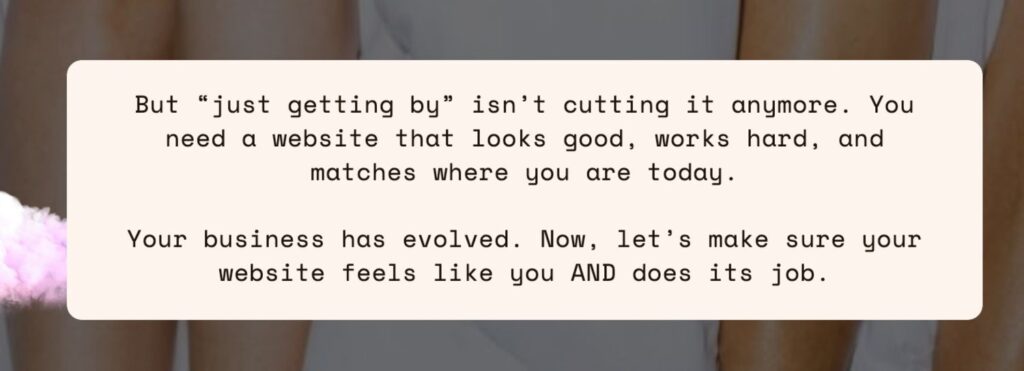
4. Talk to their next level, not their lowest moment
Speak to the version of them that’s already making moves, even if it’s quietly.
Instead of: “You’re struggling to make it work.”
Try: “You’re ready for a site that reflects the brand you’ve been building behind the scenes.”
People don’t need a reminder of what’s hard. They live that part every day. What they need is someone who can see the growth that’s already happening — and help them build from there.
This is exactly why I swapped the “hot mess energy” in my old copy for language that respects the journey. I’m not here to start from scratch — I’m here to build on what’s already working.
How I applied this to my website:
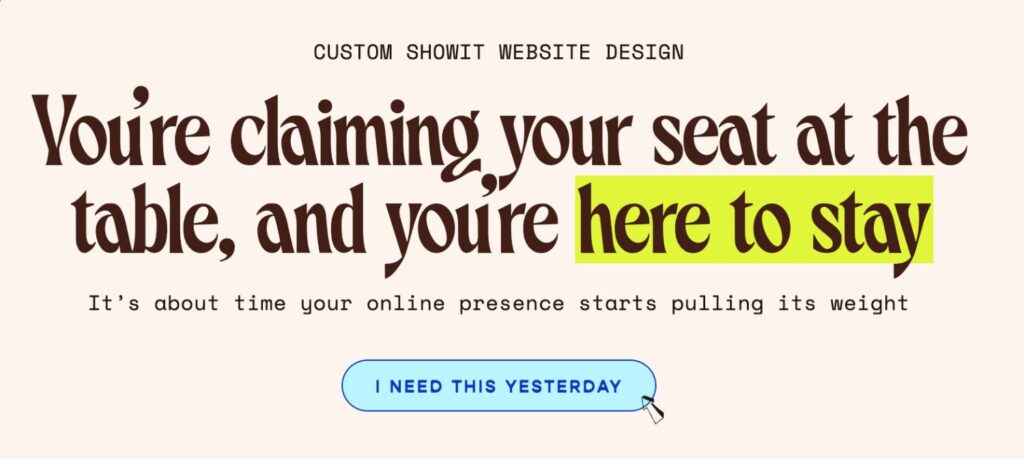
5. Name the desire underneath the frustration
A lot of people think they just want a site that converts. And honestly? They’re not wrong.
More money, more clients, more sales—that’s part of it. But what they really want is to feel confident that what they’re putting out there actually reflects their skills and energy.
Because it’s not just about results. It’s about the feeling behind them.
Instead of: “Your website isn’t turning visitors into clients.”
Try: “You deserve a brand presence that feels legit enough to stand on its own—even when you’re off the clock.”
When I rewrote my copy, I started writing to the person behind the page. Someone who’s already great at what they do, but wants their website to look the part.
Because showing up confidently changes everything.
A good website is like running into your ex at the grocery store while wearing your favorite outfit, hair done, iced coffee in hand. You were already doing great, but now? Now they know it too.
How I applied this to my website:

6. Ditch the girlboss energy clickbait
You know the vibe: the overpromising, underexplaining, hustle-glamorizing messaging that (people think) sounds good but leaves people feeling like they’re failing.
Instead of: “Your website should be making you money while you sleep.”
Try: “Your website should support your business and create space for you to rest without needing to be glued to your laptop 24/7.”
That “money while you sleep” promise sounds dreamy, but without context, it’s just another marketing myth. Yes, your website can help you create more freedom and revenue—but only when it’s set up with strategy, clarity, and aligned offers.
That’s why I stripped that vibe out of my new copy and focused on what a solid website actually does: makes your work easier, not magical.
How I applied this to my website:
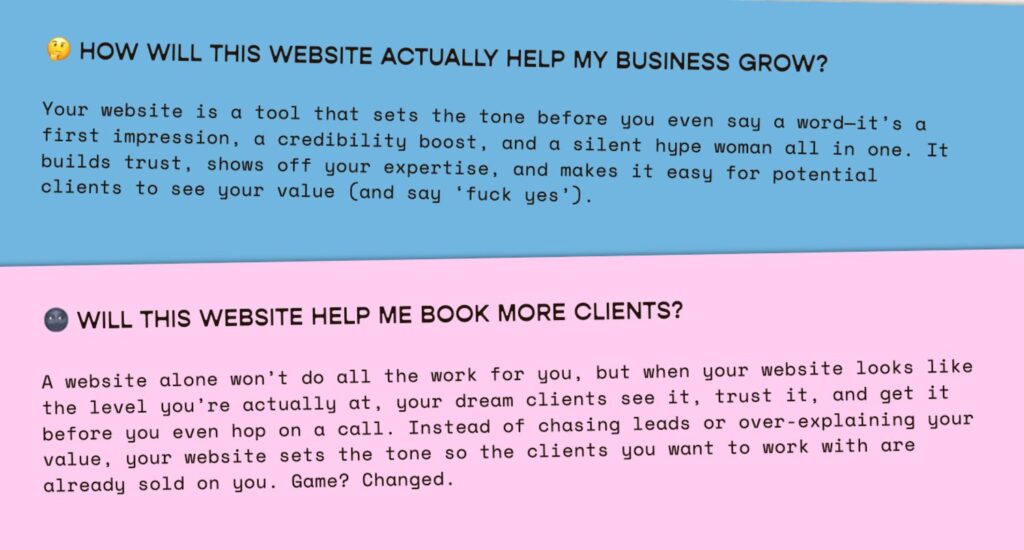
7. Make the invitation about empowerment, not rescue
You’re not here to fix them. You’re here to reflect their value.
Instead of: “Let’s get rid of your boring brand.”
Try: “Let’s build a brand presence that finally reflects the value you’ve been delivering all along.”
You’re not erasing what they’ve done, you’re elevating it. You’re saying, “You’ve already got it. Let’s make sure everyone else sees it too.”
You don’t need to start from scratch.
My favorite line from DCDC is the one about building legacy. Because that’s the truth: they’re not broken. They’re just overdue for a site that matches.
How I applied this to my website:
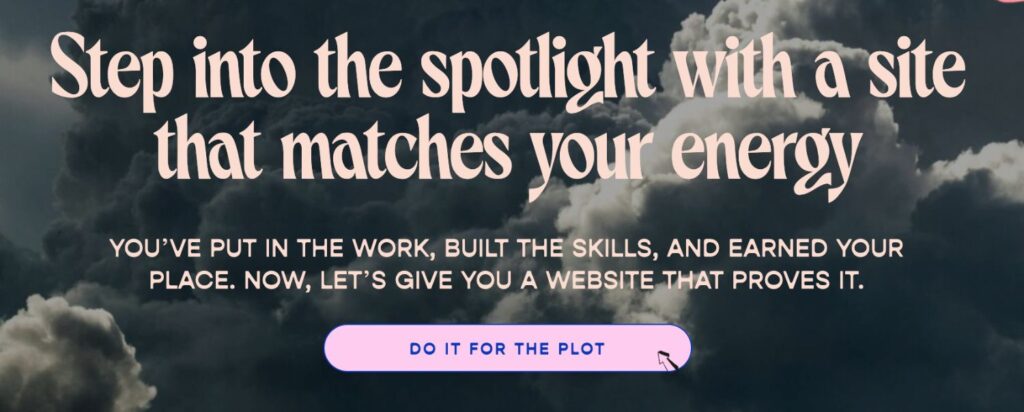
The ‘Don’t Sound Like an Asshole’ Copy Checklist 👇🏽
Use this checklist to review your copy and ensure it aligns with your values and resonates with your audience:
✅ Start from shared experience, not blame
✅ Assume your reader is already doing their best
✅ Acknowledge the hard part, but lead them to the light
✅ Write like you’re talking to your bestie who’s already killing it (just needs a little clarity)
✅ Focus on what’s next, not what went wrong
✅ Prioritize connection over conversion
✅ Let your copy reflect what your audience already is, not what they’re not
Marketing doesn’t have to manipulate. Copy doesn’t have to guilt.
You can lead with compassion and still close the sale.
Because when your copy treats your audience like the whole-ass people they are, they’ll trust you enough to say yes and feel good doing it.
Make Your Website the Spot Clients Can’t Wait to Book From
Whether you’re ready to refine what you have or go all in on a custom build, EYE GOTCHU!
Snag My Free Website Workbook—your step-by-step guide to a site that converts.
Join the newsletter–weekly tips straight to your inbox so you can launch and run your website with ease and confidence.
I’m Joyce, a Latina Showit web designer who goes feral for collabing with service providers to step into their main character energy online.
Think of me as your internet big sister, here to hype you up, steer you away from bad design choices, and make sure your website does you justice. Whether we’re going full custom or making a template look sexy af, I’ve got you—because no little sister of mine is walking around with a mid-ass website.
The tech bros hate to see me coming
Left brain web wiz turning the internet into girl world
who is you shawty?
ghoul world
A high-end, fully custom website designed to match your expertise, turn heads, and make your brand impossible to ignore, because when you’re ready to level up, your website should be too.
custom web design
Dot Com Dream Club
Make My Website Unforgettable
For service providers who want to launch fast and flawlessly, these strategic, easy-to-use Showit templates help you skip the stress and show up online like you run this shit.
DIY, But Make It Easy
Showit Website Templates
Launch It Like You Mean It
A website that fits your business and makes a lasting impression
Your website should fit your business—not the other way around. The right site makes it easier to show up, stand out, and grow on your terms. Because this isn’t just about getting online.
It’s about building something that keeps up, so when you’re ready for your next move, your website is too.
impression
she's waiting for ya
Most websites flop because they’re thrown together without a plan. The design is just the icing on the cake, before you get there, you need to lock in:
✔️ Your brand’s foundation—mission, values, offers, and messaging
✔️ The words that sell—target audience, keywords, and copy prep
✔️ A brand that clicks—visual identity built from strategy, not vibes
✔️ A website plan that makes sense—what pages you need and why

